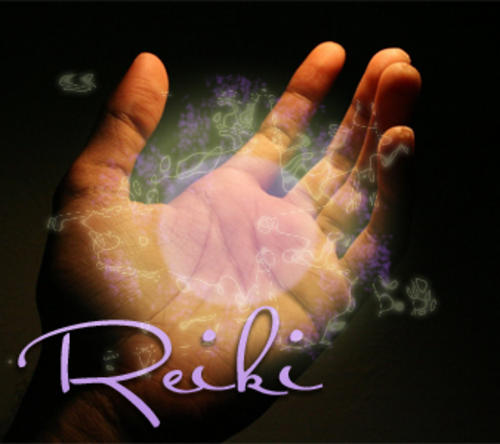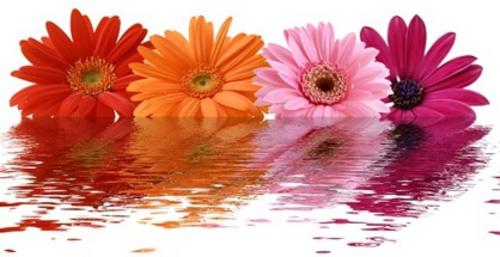| What is Reiki? Can the mere touch of anothers hands cure an ailment? Astonishingly, thats just what Reiki, an ancient Japanese method of healing, claims to do. Overview In Japanese, Reiki consists of two words. Rei for divine wisdom or mysterious power and ki, meaning life force. Together, the words translate as spiritually channelled life force. Reiki has its roots in an ancient form of Tibetan Buddhist healing therapy. Sometime between the late 19th and early 20th century, Dr. Mikao Usui from Japan developed the technique as it is known today. In 1922, he founded the Usui Reiki Ryoho Gakkai, a centre for Reiki healing. In time, Reiki diversified, falling into two main schools. The first, Traditional Japanese Reiki, is derived from Usuis original system. In the twentieth century, Hawayo Takato, a Japanese-American from Hawaii travelled to Japan where Reiki treatment helped her recover miraculously from major ailments. Hawayo learned Reiki from her healer Dr. Hayashi, set up her own practice in Hawaii and taught Reiki for 30 years. She is known as the founder of Western Reiki. |  |
 | Five Precepts An admirer of the Japanese Emperor Meiji, Usui incorporated some of the Emperor¿s ideas into a set of principles. It is virtually standard practice now for students and practitioners to abide by these Five Reiki Precepts: |
| As simple as they appear, these principles are rooted in sound, practical thought. Negative thoughts and emotions block the flow of ki. Positive actions, ideals and honest work bring spiritual balance into ones life, benefitting both body and mind. Reiki Healing In a typical healing session, a patient wears loose clothing and lies down on a flat surface. The healer, after some moments of meditation, places his hands for a few minutes on specific parts of the body. In Western Reiki, these conform to the position of the chakras or subtle energy centres along the spine. Traditional Reiki practitioners intuitively scan the body for localised areas of disease. During the healing, ki flows through the practitioners hands into the recipient and restores the energy balance, thereby eliminating disease. At the end of a session, recipients usually feel enormously relaxed. The number of healing sessions required varies with individual cases. While science raises a sceptic eye at Reiki, it has grown increasingly popular worldwide and is now an accepted line of alternative healing therapy. | |